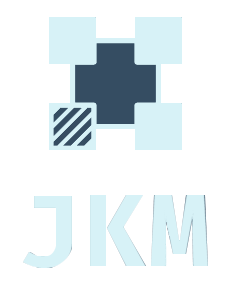News, Vaporstorm
What is PCB aluminum substrate? the advantages of PCB aluminum substrate.
The PCB aluminum substrate is what we often call the aluminum-based circuit board, referred to as the aluminum substrate, which is a metal-based copper clad laminate with good thermal conductivity, electrical insulation performance, and mechanical processing performance. At this stage, the common PCB aluminum substrate material is metal-based copper clad laminate (mainly aluminum-based, copper-based, and a small part iron-based).
Metal aluminum-based copper-clad laminate is a type of plate material made of electronic glass fiber cloth or other reinforcing materials impregnated with resin, single resin, etc. as an insulating adhesive layer, one or both sides covered with copper foil and made by hot pressing, mainly used for processing and manufacturing PCB aluminum substrates, widely used in televisions, radios, computers, computers, mobile communications, LED lighting and other products.
The advantages of PCB aluminum substrate
1. The heat dissipation is obviously better than the standard FR-4 structure.
2. The dielectric used is usually 5 to 10 times the thermal conductivity of traditional epoxy glass and 1/10 of the thickness.
3. The heat transfer index is more effective than the traditional rigid PCB.
4. You may use lower copper weights than those shown in the IPC recommended charts.
The metal aluminum-based copper-clad laminate is used as the substrate material in the production of the PCB aluminum substrate. interference. The performance, quality, processability in manufacturing, manufacturing level, manufacturing cost, and long-term reliability and stability of the PCB aluminum substrate basically depend on the metal aluminum-based copper clad laminate.
